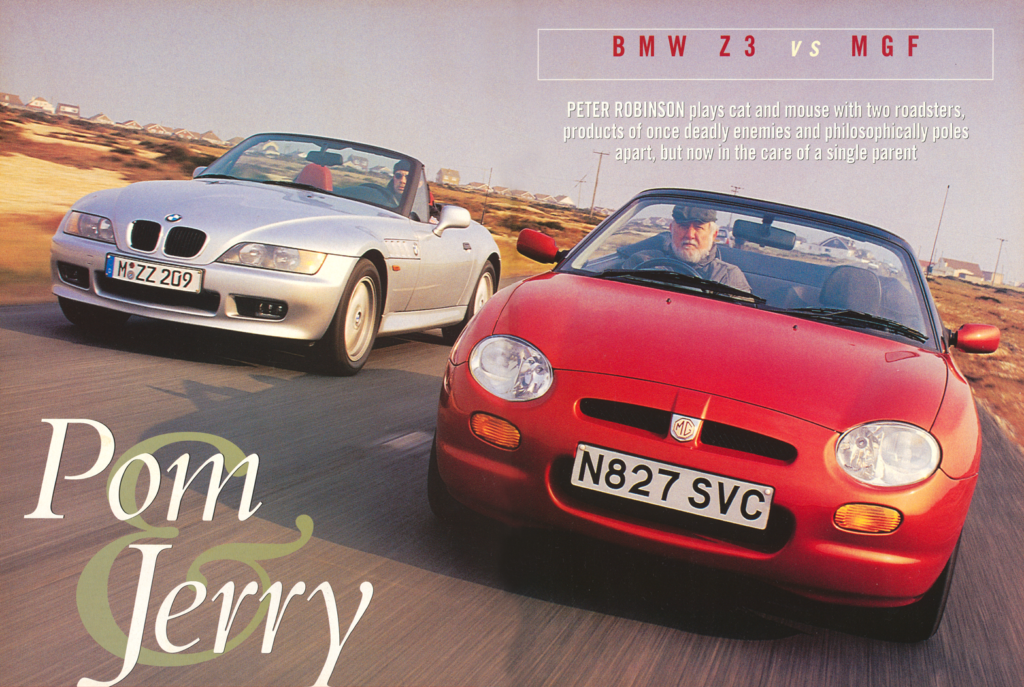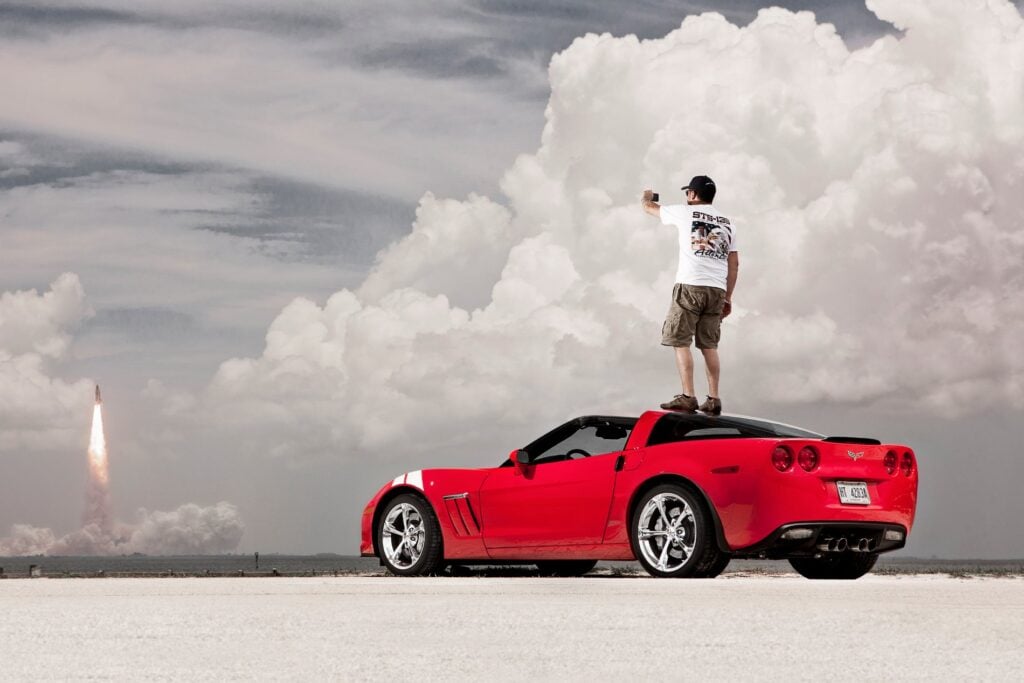An iconic design that has endured more than half a century.
At the end of World War II, Ferdinand Porsche, whose father had designed the Volkswagen, was a 36-year-old engineer who drove a VW cabriolet with a supercharged engine. From that inspiration, he built a stripped-down roadster, which begat the production Type 356. And from that, he built a global car company.
The 356 enjoyed sales and motorsport success in equal measure, but by the late-1950s customers were wishing for more interior and luggage room and a quieter, more powerful engine. In 1959 Porsche initiated project T7, followed in 1961 by T8.
The design constantly evolved everywhere between two-seater and full four-seater. The boss’s son Ferdinand ‘Butzi’ Porsche, by then in his mid-20s, was officially credited with the eventual 2+2 design, although veteran Porsche body engineer (and 356 designer) Erwin Komenda deserves at least joint credit.
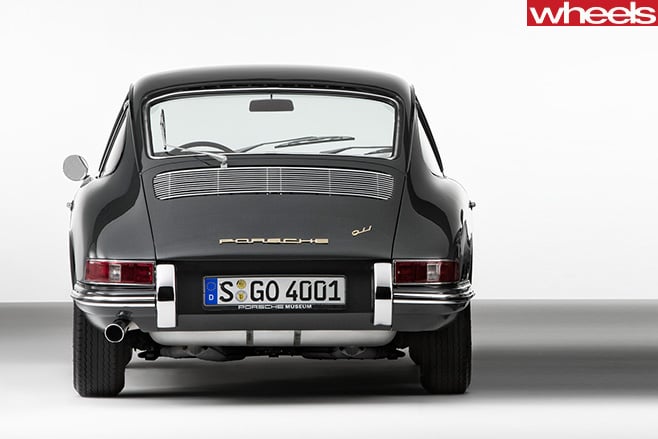
At the Paris show in October 1964, Peugeot famously objected to the car’s ‘-0-’ designation. A few weeks later Porsche changed it to 911, but not before 82 cars left the factory as 901s (the chassis numbers, confusingly, not in sequence). In all, 232 cars were built in the 1964 calendar year.
The 911 wasn’t just a generation ahead of the 356, it was ahead of its time, period.

The 911’s light-footed handling – the car weighed just 1040kg – was widely welcomed, with its sharp and sensitive steering. The rear end, despite a heavier engine and skinny 165 x 15 tyres, seemed to draw little criticism in initial magazine tests, being inevitably compared with the more wayward 356.
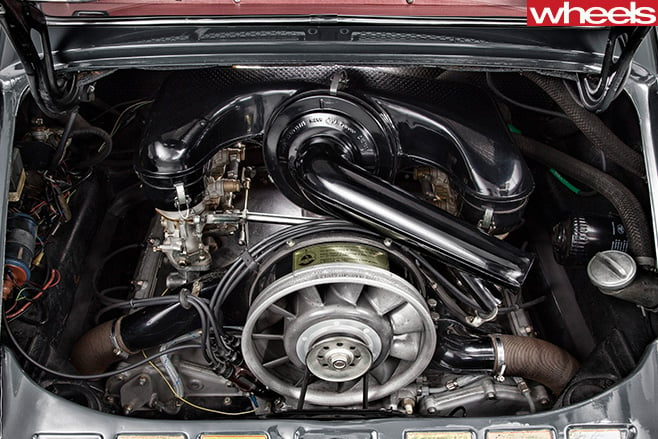
Hans device
Ferdinand Porsche demanded 130hp (97kW) to match the 356 Carrera 2’s complex dohc 2.0-litre four-cylinder. Hans Mezger’s 1991cc sohc flat-six delivered packaging and power, fuelled by six Solex (later Weber) carbs and fan-cooled separate cylinders. A dry-sump allowed low mounting (and roofline). Five-speed gearbox with full synchromesh was a Porsche invention.
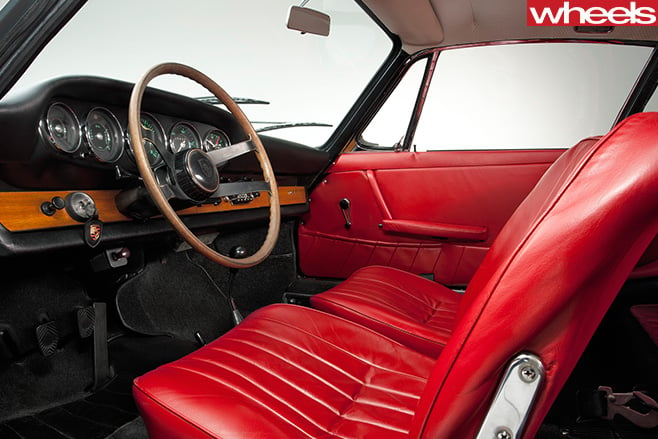
Then, as now, the 911’s interior view was dominated by five dials with central-mounted tacho, redlined at 7000rpm even in 1964. Ignition key on outboard side is supposedly from Le Mans experience, while floor-hinged pedals showed Porsche’s VW ancestry. Floor levers control heating and ventilation. Rear backrests fold flat for a luggage shelf.
Tech leader
The unitary chassis was praised for its toughness. Front longitudinal torsion bars with MacPherson towers allowed space for 62-litre fuel tank and luggage; transverse rear torsion bars were operated by trailing arms. Rack-and-pinion steering and four-wheel discs were top-notch tech. The 2211mm wheelbase made handling tricky; it mellowed with 57mm stretch in 1968.
Fast & factual
1. 25-year weight
The 1964 2.0-litre 911 weighed 1040 kg; the last 901-derived Carrera 3.2 some 25 years later just topped 1200 kg

Comedian and Porsche collector Jerry Seinfeld owns ’64-build chassis 300049, famously the first to be designated by the factory as a 911
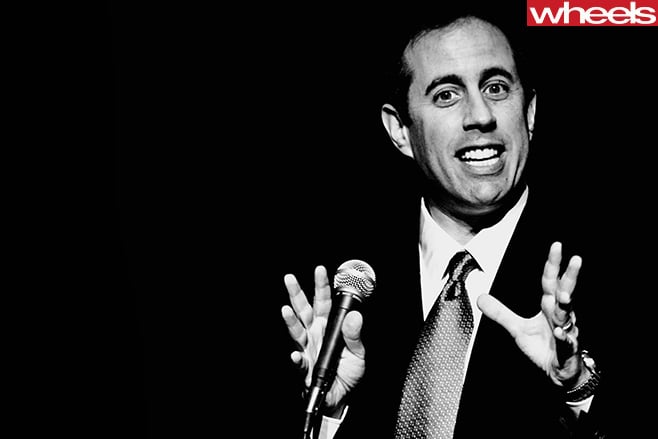
Peugeot’s ‘middle-zero’ protest (which overlooked Porsche’s GP-winning 804) also forced renaming the 904 (Carrera GTS) and 906 (Carrera 6) sports-racers
4. Rare survivor
More precious than a ’64? Porsche built 13 prototypes in 1962-64; just one (#7) survives and is privately owned in the US
5. Outsourcing
Seating giant Recaro was created from Reutter Karosserie, the 356’s coachbuilder, which Porsche bought in 1963 to build the 911



